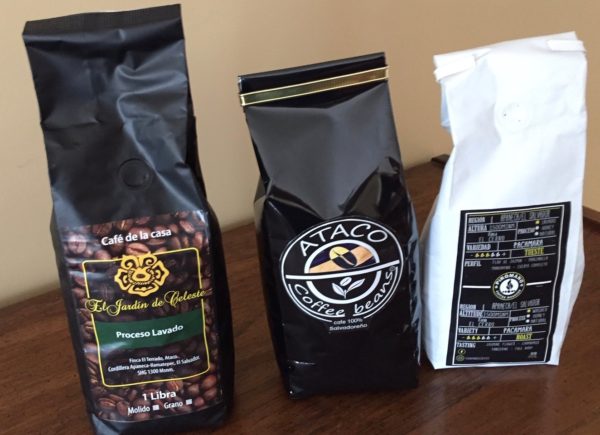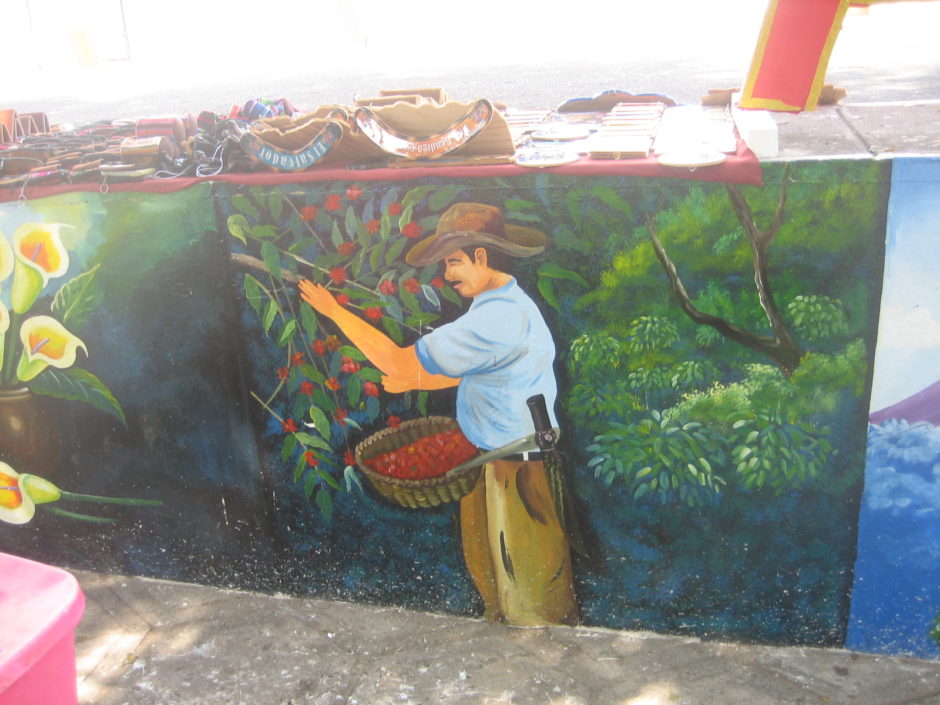As you savor a full-bodied cup of espresso coffee in your home or in a cafe, spare a thought for El Salvador.
Ranked 11th among 55 coffee-producing nations and accounting for two percent of world production, El Salvador — the smallest republic in Central America — is synonymous with that crop. First cultivated in El Salvador in the 19th century, when indigo was its dominant export, coffee would be its most profitable crop by the beginning of the 20th century.
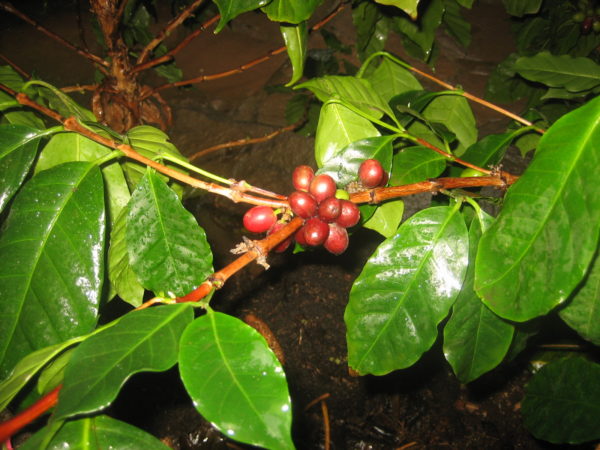
The coffee industry was vitally important in El Salvador’s economic growth, serving as a catalyst for the construction of roads and railways. Although it isn’t as essential to its economy today, coffee is still one of its signature crops. Coffee plantations, comprising 12 percent of El Salvador’s arable land, employ about 135,000 workers.
Being a coffee drinker who usually consumes two cups a day — Turkish with my breakfast and espresso after lunch — I wanted to find out how it’s processed. So I went to the El Carmen plantation in Conception de Ataco, in the western part of the country, for a guided tour during the course of a 10-day visit to El Salvador in February.
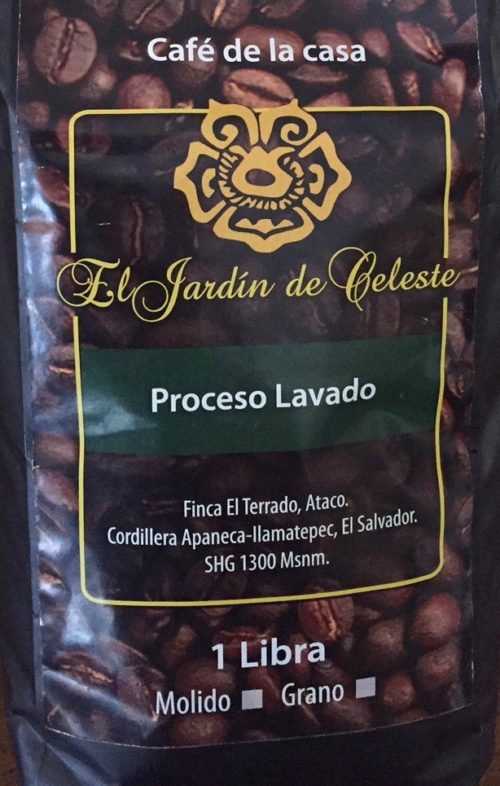
The Alfaro and Moran families, which founded the company in 1880, own and manage a network of plantations throughout El Salvador that process about 5,000 pounds of Arabica beans a day, or approximately two million pounds per annum. In addition, El Carmen — one of the ten top producers in El Salvador — processes two to three million pounds annually for small producers, the guide said.
Seventy percent of the crop, sold under the brand name of El Carmen, is exported to the United States, Canada and major European countries like Italy, Britain and Germany. Starbucks, the U.S. coffee chain, buys El Carmen beans. The remainder of its beans are marketed under the name of Cafe Ataco and sold only in El Salvador.
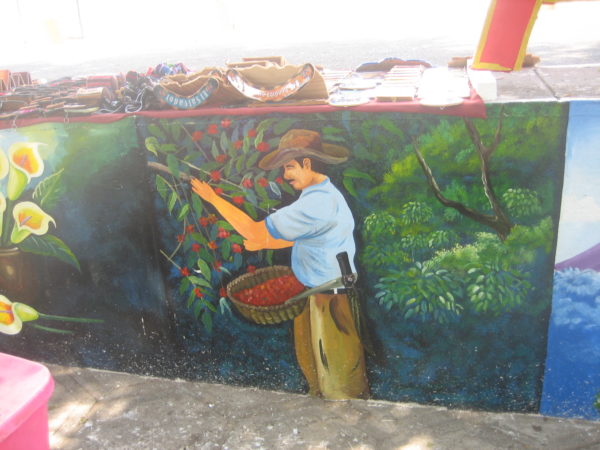
The 500-acre plantation in Conception de Ataco, a few minutes’ drive from the center of town, turns out five types of coffee beans during the harvest, which runs from December to March, and requires the services of 500 to 600 workers.
During the first phase of production, the ripened beans are emptied into outdoor concrete vats and thoroughly washed. The beans are then placed in open fields and dried for two weeks. During the rainy season, which starts in April, the beans are dried in mechanical driers.
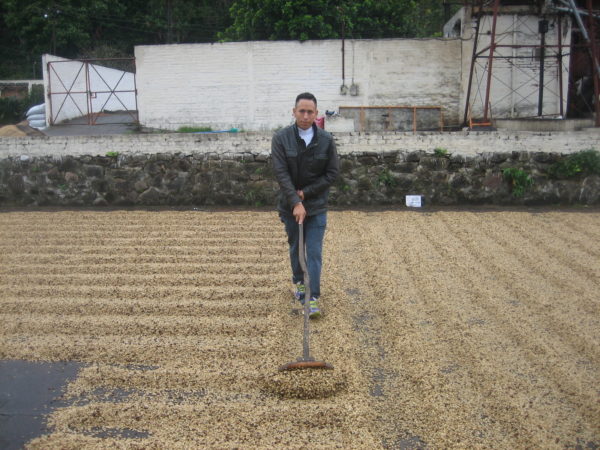
Once completely dried, the beans are loaded on to a conveyer belt. Impurities, ranging from broken beans to black beans, are discarded. The employees here are all women. This aspect of production, in a throwback to the past, is regarded as “woman’s work.”
Next, the refined beans are sent to the roasting room in 250-pound batches. Two men are in charge of this vital process. Long brooms in hand, they push the beans around in an enclosed area after they’ve been roasted to exactly the right temperature.
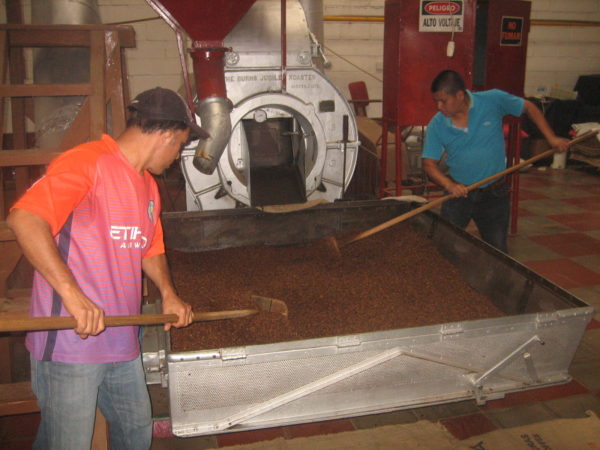
Having been processed, the beans are poured into 100-pound sacks and stored in a cavernous warehouse from 30 to 60 days before being shipped abroad.
This labor-intensive process explains why the price of coffee is so high. But after you’ve toured a coffee plantation, you’ll have a much better understanding of what to takes to produce a single coffee bean.
